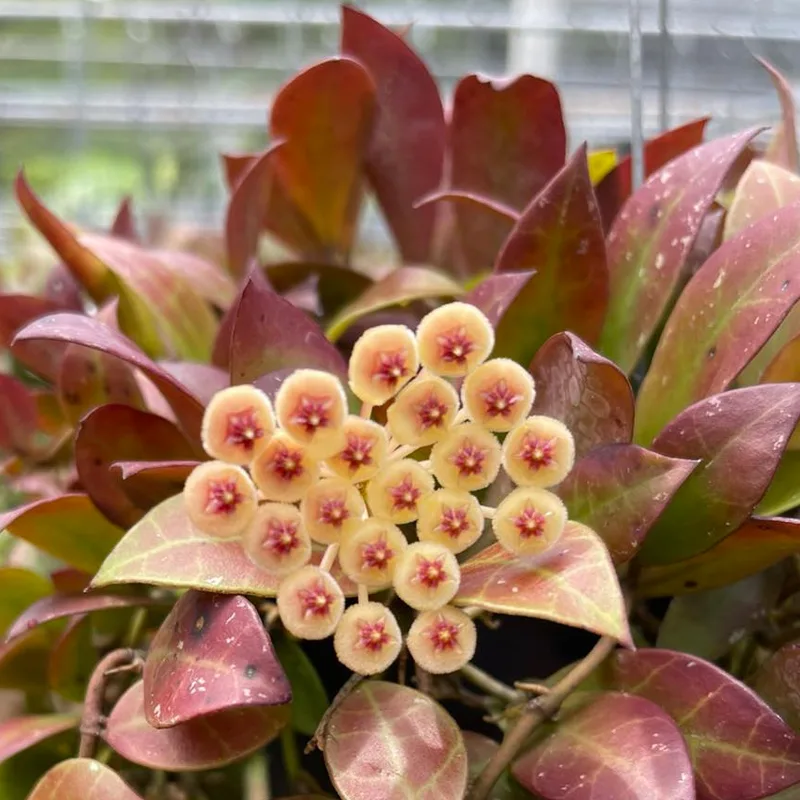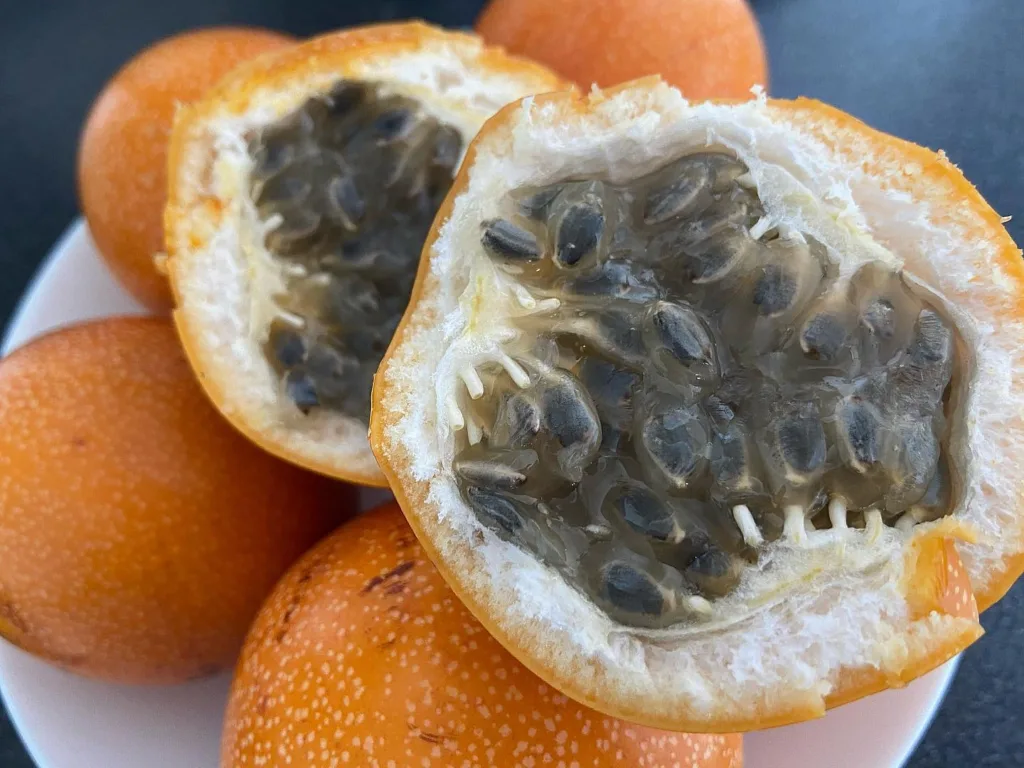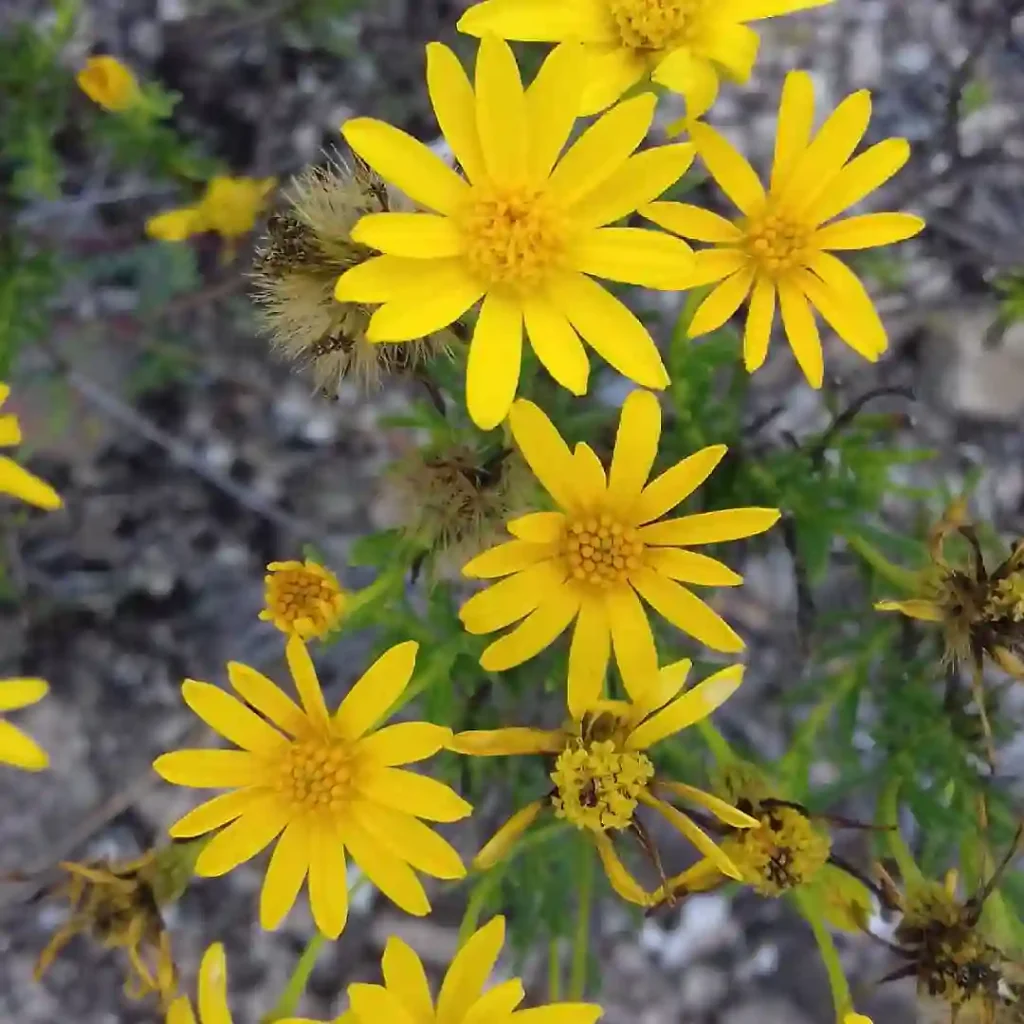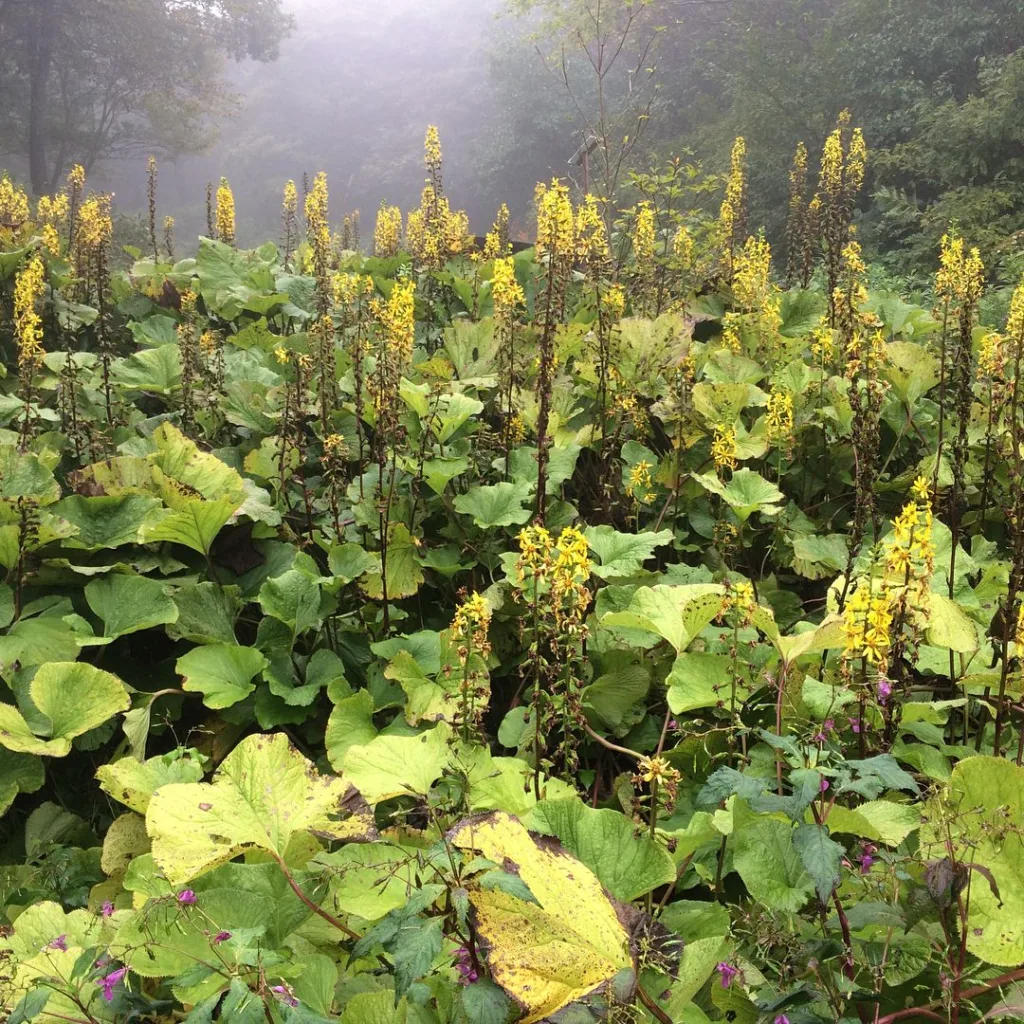Cockleburs and Me: An Exploration of the Xanthium Genus
My name is Ferb Vu, and I’ve always been fascinated by the natural world, especially the unassuming plants that often go unnoticed. One particular genus that has captured my attention is Xanthium, commonly known as cocklebur. These plants, often considered weeds, possess a unique beauty and fascinating biology that I find endlessly intriguing.
A Prickly Introduction
My first encounter with cockleburs was far from pleasant. As a child exploring the fields near my home, I stumbled into a patch of these plants and emerged with their prickly burs clinging stubbornly to my clothes. It was an experience that left a lasting impression, and I’ve been intrigued by these tenacious plants ever since.
Cockleburs belong to the Asteraceae family, which also includes sunflowers and daisies. However, unlike their vibrant relatives, Xanthium species are characterized by their dull green foliage and inconspicuous flowers. Their most distinctive feature is the bur, a hard, spiny fruit that encases the seeds. These burs are incredibly effective at seed dispersal, latching onto animal fur or human clothing with ease. This hitchhiking strategy has allowed cockleburs to spread widely, establishing themselves in diverse habitats across the globe.
A Diverse Genus
The Xanthium genus comprises around 7 species, though the exact number remains a subject of debate among botanists:
- Xanthium ambrosioides is a flowering plant that thrives in temperate regions, often found in disturbed soils and open habitats. This species has a bushy growth habit and distinctive, lobed leaves, which emit a slightly pungent odor when crushed. Like many members of the Xanthium genus, it produces spiny burs that attach easily to animals and humans, aiding in its seed dispersal. It can be invasive, often outcompeting native plants, and is generally considered a weed in agricultural and natural settings.
- Xanthium argenteum is known for its silvery, pubescent leaves that give it a distinctively bright, almost shimmering appearance. Native to South America, this species grows well in sunny, open habitats and has adapted to a variety of soil types. Its burs, which are covered in hooked spines, help it spread over large areas by hitchhiking on animals. Though aesthetically intriguing with its silver foliage, X. argenteum is considered an invasive weed in some regions due to its rapid spread and ability to dominate local flora.
- Xanthium chinense, native to Asia, is a robust plant characterized by broad, coarsely toothed leaves and spiky burs, which are effective at dispersing seeds via animal fur. This species has traditionally been used in Chinese medicine to treat conditions such as nasal congestion and sinusitis. Despite its medicinal applications, X. chinense can become invasive in certain environments, where it may crowd out native vegetation, particularly in disturbed or agricultural areas.
- Xanthium orientale, commonly found in Eurasia, is a hardy plant species that adapts well to various environments, including fields, roadsides, and riverbanks. It has large, rough leaves and produces small, prickly burs that aid in seed dispersal. Known for its ability to colonize disturbed soils rapidly, this plant can become invasive, especially in agricultural lands, where it competes with crops. Its resilience and tendency to thrive in different conditions make it a challenging species to control in non-native regions.
- Xanthium spinosum, commonly known as spiny cocklebur, is notable for its long, sharp spines that grow along its stems. Originating in South America, this species has spread to many other parts of the world, where it’s often regarded as a noxious weed. The plant’s thorny appearance serves as a natural defense mechanism, making it difficult for animals to graze on it. Its spines and distinctive, narrow leaves make it easy to identify, and its aggressive spread poses challenges in agricultural and pasturelands.
- Xanthium strumarium, commonly referred to as common cocklebur, is a widespread species often found along riverbanks, fields, and disturbed habitats. It is characterized by large, lobed leaves and spiny burs that cling to animal fur, helping the plant spread. While traditionally used in herbal medicine, particularly for skin issues and sinus conditions, X. strumarium can be toxic to livestock if ingested in large amounts. Its ability to thrive in a range of habitats has led to its classification as a weed in many regions. – Plant FAQs: Xanthium Strumarium – Cocklebur
- Xanthium × vayredae is a hybrid species resulting from the crossbreeding of different Xanthium varieties, occurring primarily in the Vayres region of France. This unique hybrid exhibits characteristics of both parent plants, with broad leaves and spiny burs, though it tends to be less widespread and less aggressive than some of its relatives. X. × vayredae has attracted interest among botanists for its adaptability and the potential insights it provides into the evolutionary pathways within the Xanthium genus.
More Than Just a Weed
While often considered a nuisance due to their prickly burs and tendency to invade cultivated fields, Xanthium species have also played a role in human history. In traditional medicine, various parts of the plant have been used to treat a range of ailments, from headaches to skin infections. The burs themselves have been used as a source of dye and even as a substitute for coffee.
Furthermore, recent research has revealed the potential of Xanthium species for bioremediation. These plants have shown the ability to accumulate heavy metals from contaminated soil, offering a promising solution for environmental cleanup.
A Continuing Fascination
My interest in Xanthium continues to grow as I learn more about their biology and ecology. These plants, often overlooked and dismissed as weeds, possess a remarkable resilience and adaptability. They serve as a reminder that even the most unassuming organisms can have a significant impact on the world around us.
Whether I’m examining the intricate structure of a cocklebur under a microscope or observing its tenacious grip on a passing animal, I find myself constantly drawn to the unique charm of these prickly plants. The Xanthium genus, with its diverse species and fascinating adaptations, is a testament to the endless wonders of the natural world.
If i die, water my plants!



